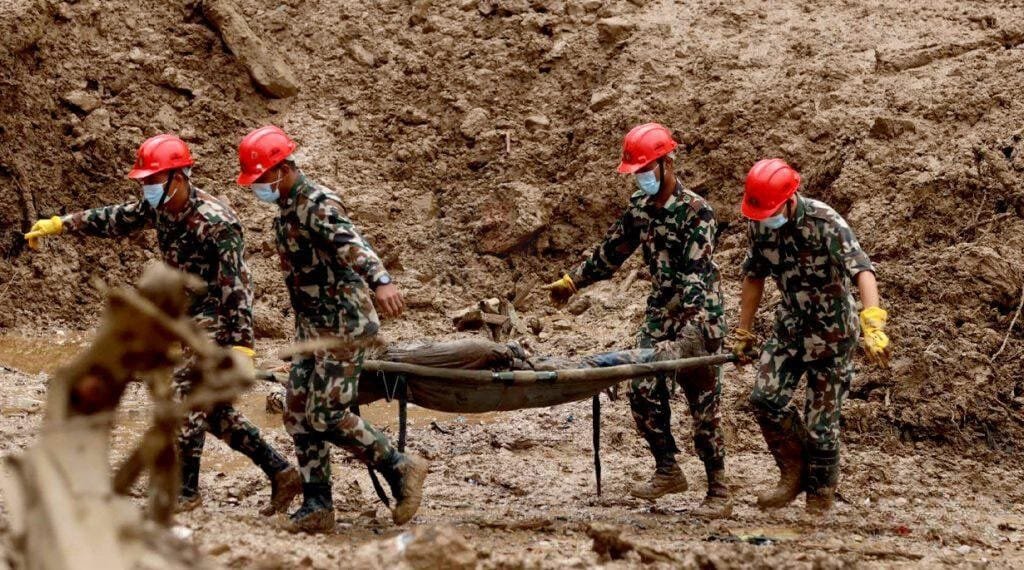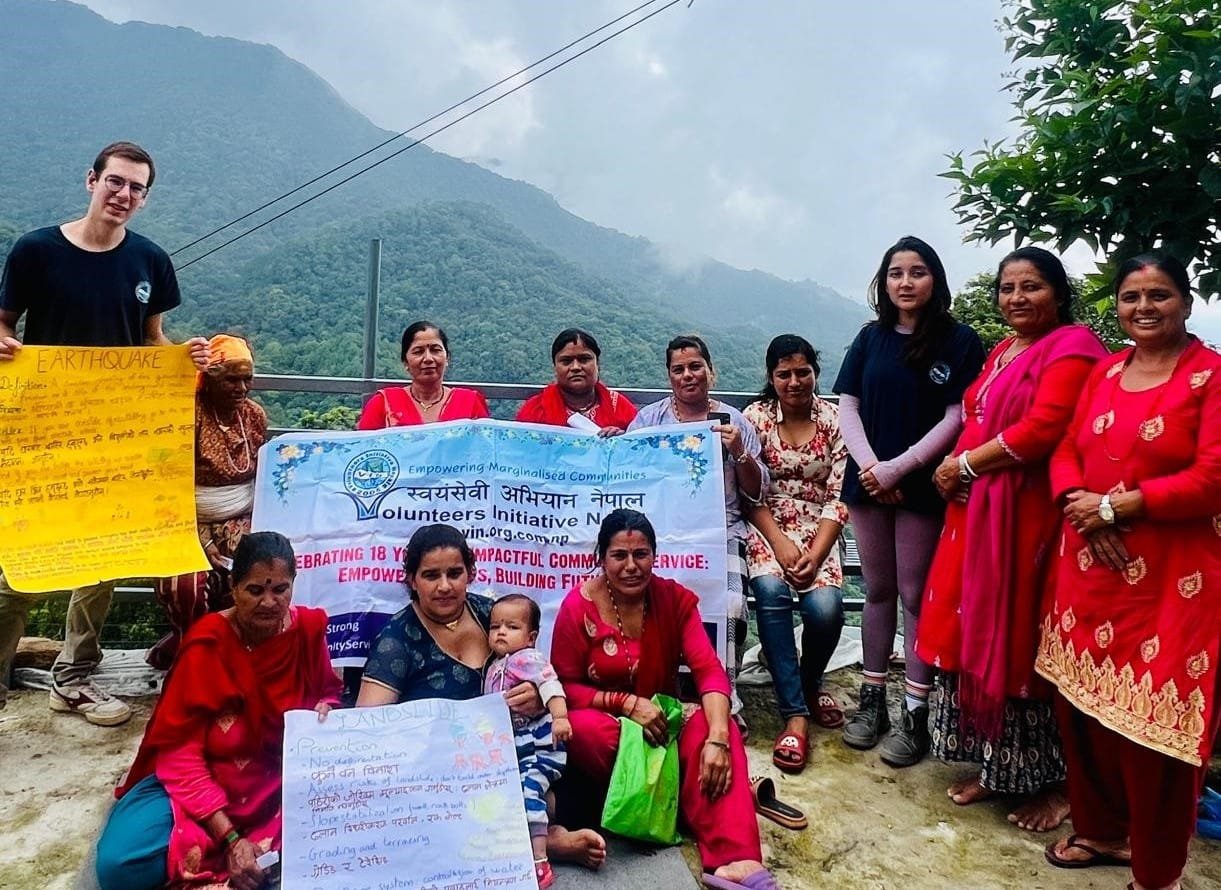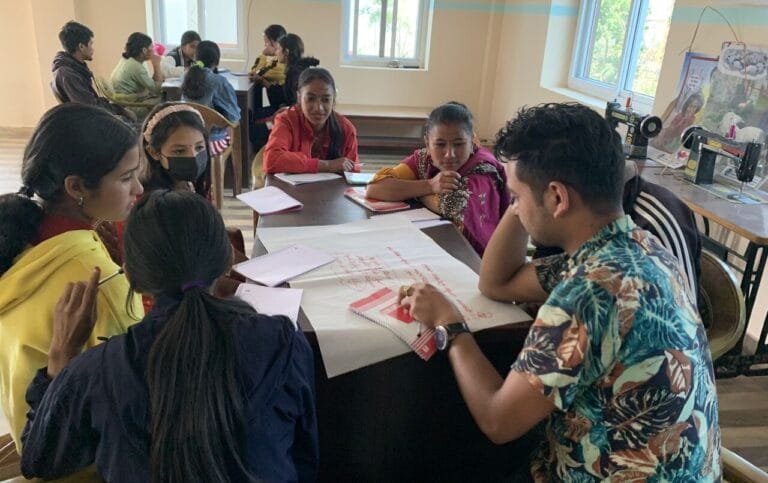Introduction: When Science and Compassion Collide
Natural disasters occur without warning, often leaving communities in chaos and devastation. In such critical moments, the combined efforts of geologists and volunteers provide small rays of hope through disaster response. Geology offers vital scientific insights into Earth’s processes, while volunteerism brings compassion and hands-on support to those in need. Together, they form a powerful alliance that saves lives and rebuilds communities.
The Role of Geology in Disaster Response
Understanding Earth’s Structure and Processes
Geology is the study of Earth’s structure, composition, and processes, revealing hidden clues in rock and soil. This knowledge is essential in disaster response. For instance, geologists analyze fault lines and seismic activity to predict earthquakes and landslides.
Predicting and Mitigating Natural Hazards
Assessments from geologists help emergency teams determine safe zones and guide rescue operations. By understanding the behavior of natural hazards, geologists contribute to designing more resilient infrastructure and planning evacuation routes to reduce risks before disasters occur.
Volunteers: The Heart of Humanitarian Response

Immediate Relief and Emotional Support
When disaster strikes, volunteers become the human face of recovery. International aid workers and local communities rush in to provide food, shelter, and medical care. They also offer emotional support, helping survivors cope with loss and destruction.
The Need for Technical Guidance
Without proper technical guidance from geologists, volunteer efforts can sometimes be misguided. Integrating geological expertise ensures volunteer teams work safely, avoiding areas prone to further danger. For example, after earthquakes, geologists assess landslide risks, allowing volunteers to focus their energy where it is most needed and minimize hazards.
Case Studies: Where Geology and Volunteers Unite
Nepal Earthquake, 2015
In Nepal, after the 2015 earthquake, geologists worked closely with volunteers to evaluate the stability of hillsides and buildings. Their rapid assessments enabled rescue teams to operate under safer conditions, preventing further casualties and laying the groundwork for secure rebuilding efforts.
Community-Based Monitoring in Indonesia
In Indonesia, community-based monitoring programs combine local volunteer initiatives with geological observations. These partnerships provide early warnings for volcanic eruptions, highlighting how scientific knowledge and community spirit enhance disaster preparedness.
Bridging the Gap Between Experts and Communities

Simplifying Scientific Communication
Challenges remain in bridging the gap between technical expertise and public engagement. Geologists often communicate in specialized language that can be difficult for non-experts. Training sessions and public seminars are essential to translate complex data into practical, understandable advice.
Empowering Through Education
These educational efforts empower volunteers and community leaders to act confidently during emergencies. They also foster trust and cooperation, ensuring that both scientific insights and volunteer efforts are effectively harnessed.
Building Resilience for an Unpredictable Future
Climate Change and Urbanization: Rising Risks
As rapid urbanization and climate change increase the risk of natural disasters, informed and ready communities are essential. Collaboration between geologists and volunteers enhances not only immediate response but long-term resilience.
Community Outreach and Proactive Measures
Programs like community outreach strengthen the bond between scientists and volunteers. They educate citizens about geological hazards and empower them to contribute effectively during emergencies. By fostering local expertise, communities are better prepared to face disasters together.
Conclusion: A Partnership for Safer Tomorrows
The union of geology and volunteerism exemplifies how science and humanity can work hand in hand. With geological insights, volunteers are better equipped to navigate disaster zones, save lives, and rebuild resilient communities. This powerful partnership reminds us that when expertise meets empathy, even the most devastating events can be overcome — paving the way for a safer, more prepared future.
References
Geology and Disaster Response:
- Bolt, B. A. (2006). Earthquakes: 2006 Centennial Update–The 1906 Big One. W. H. Freeman.
- US Geological Survey (USGS). (n.d.). Natural Hazards. Retrieved from usgs
Volunteering in Disaster Relief:
- International Federation of Red Cross and Red Crescent Societies (IFRC). (n.d.). The Role of Volunteers in Disaster Response. Retrieved from https://www.ifrc.org/
- United Nations Office for Disaster Risk Reduction (UNDRR). (2019). Global Assessment Report on Disaster Risk Reduction. Retrieved from https://www.undrr.org/
Case Studies: Nepal Earthquake and Indonesia’s Volcanic Monitoring:
- Collins, A., & Anwar, M. R. (2019). “Community resilience and disaster risk governance.” Environmental Hazards, 18(4), 361-386.
- Gautam, D. (2017). “Challenges in reconstruction after the 2015 Gorkha earthquake in Nepal.” Geosciences, 7(3), 81
This article is prepared by Smritee Nepal





